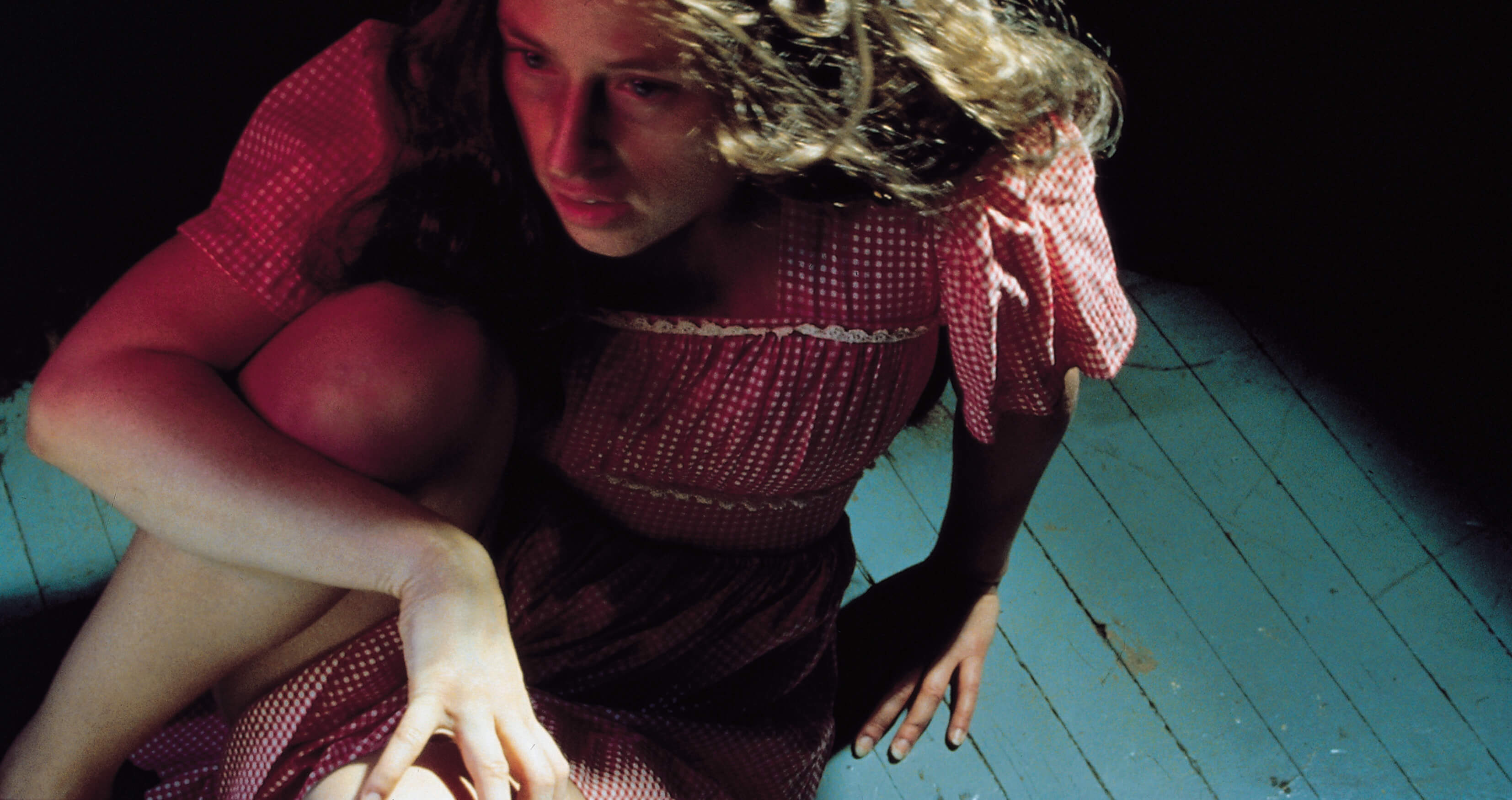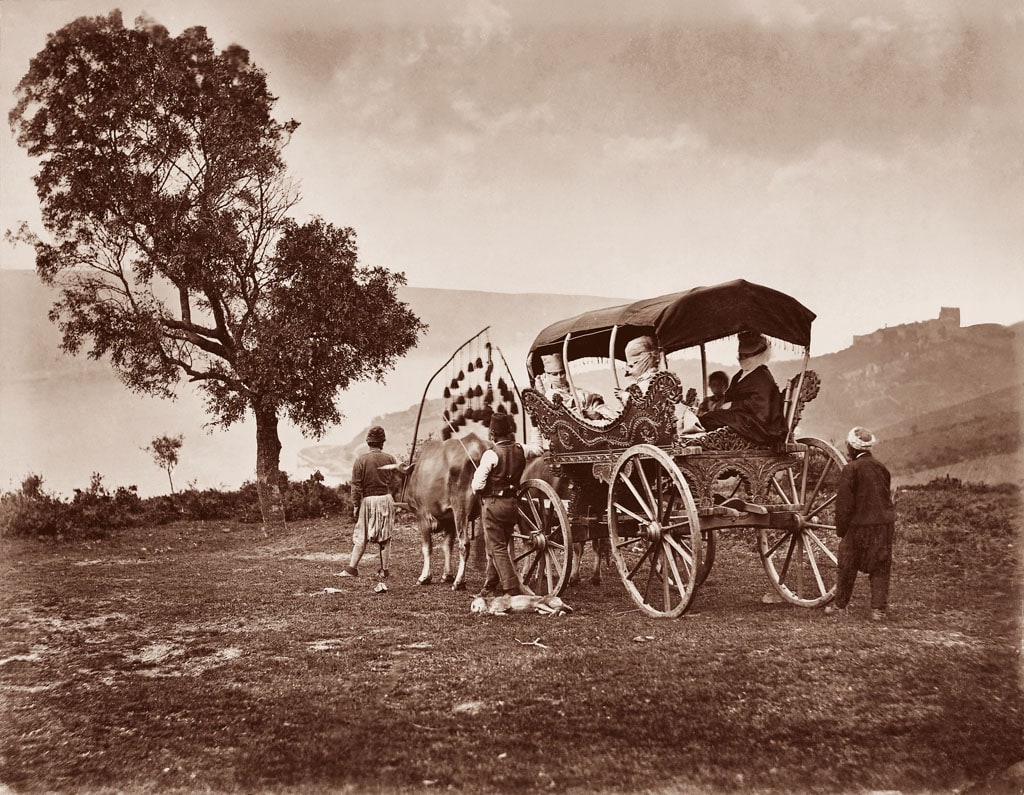Artist in the House!
June 7, 2017 / 16:00
Presented in relation to our Doublethink: Double vision exhibition, artist Marko Mäetamm will be live drawing on Pera Museum’s elevator and restroom walls openly in public. Mäetamm will re-create his work “How I Became an Artist” and following this, he and curator Alistair Hicks will be discussing his works.
Marko Mäetamm (b. 1965, Tallinn)is a painter, video and installation artist. Upon graduating from Estonian Academy of the Arts, he has exhibited internationally and represented Estonia at the 52nd Venice Biennial (2007) and at 50th Venice Biennial (2003) as a part of artists' duo John Smith (with Kaido Ole). Throughout his practice, the artist’s primary focus has been on family life. Treating the family as a microcosm of a wider socio-political and economic models, Mäetamm collects petty every-day situations, presenting them filtered through a prism of his unmistakable dark humour.
Temporary Exhibition
Thinking has changed radically, but many people don't appear to have noticed. Our institutions have been stuck on linear Neo-Platonic tracks for 24 centuries. These antiquated processes of deduction have lost their authority. Just like art it has fallen off its pedestal. Legal, educational and constitutional systems rigidly subscribe to these; they are 100% text based.
Click for more information about the exhibition.


The exhibition Look at Me! Portraits and Other Fictions from the ”la Caixa” Contemporary Art Collection examines portraiture, one of the oldest artistic genres, through a significant number of works of our times. Through the exhibition we will be sharing about the artists and sections in Look At Me!.

Following the opening of his studio, “El Chark Societe Photographic,” on Beyoğlu’s Postacılar Caddesi in 1857, the Levantine-descent Pascal Sébah moves to yet another studio next to the Russian Embassy in 1860 with a Frenchman named A. Laroche, who, apart from having worked in Paris previously, is also quite familiar with photographic techniques.
Tuesday - Saturday 10:00 - 19:00
Friday 10:00 - 22:00
Sunday 12:00 - 18:00
The museum is closed on Mondays.
On Wednesdays, the students can
visit the museum free of admission.
Full ticket: 300 TL
Discounted: 150 TL
Groups: 200 TL (minimum 10 people)